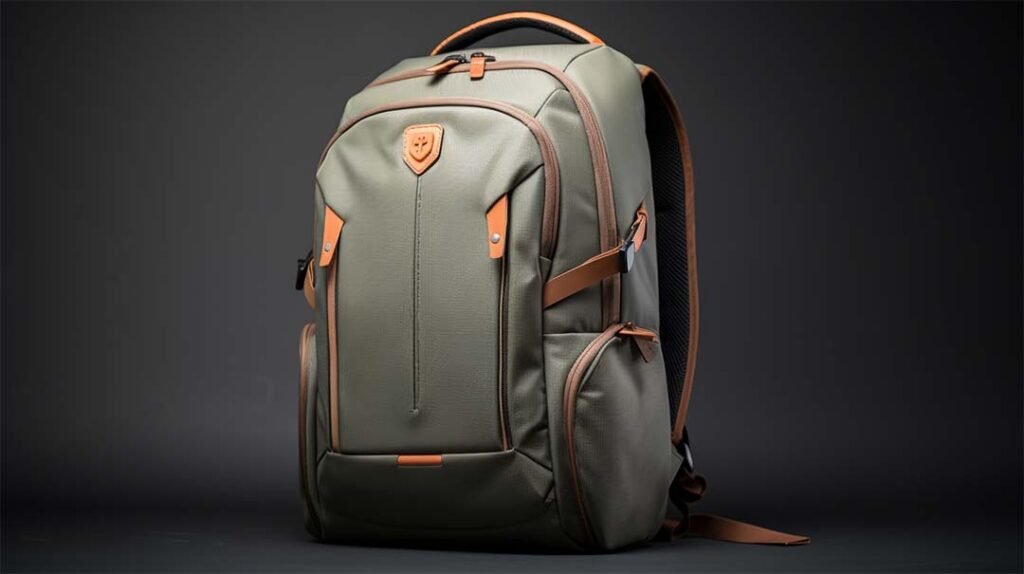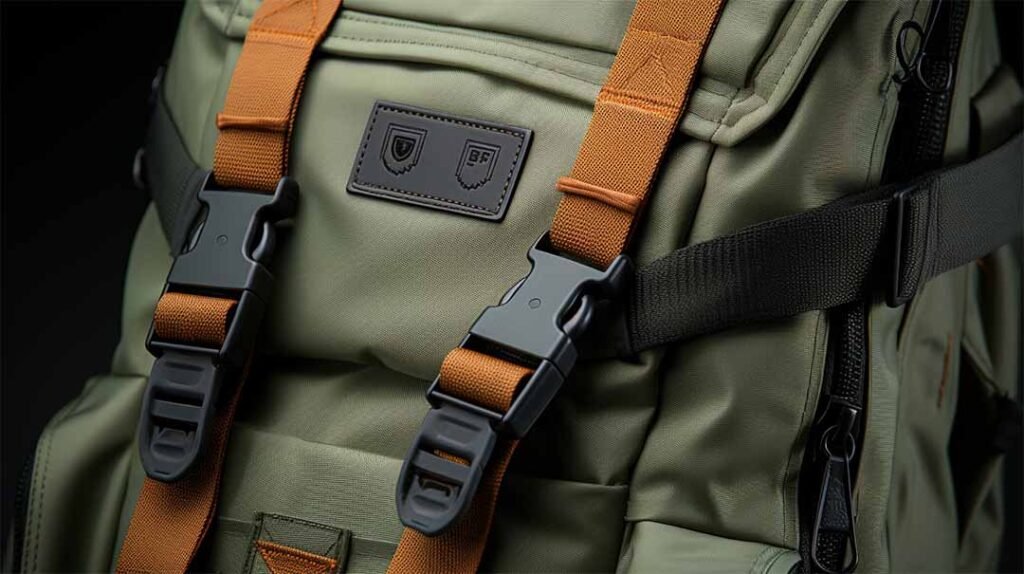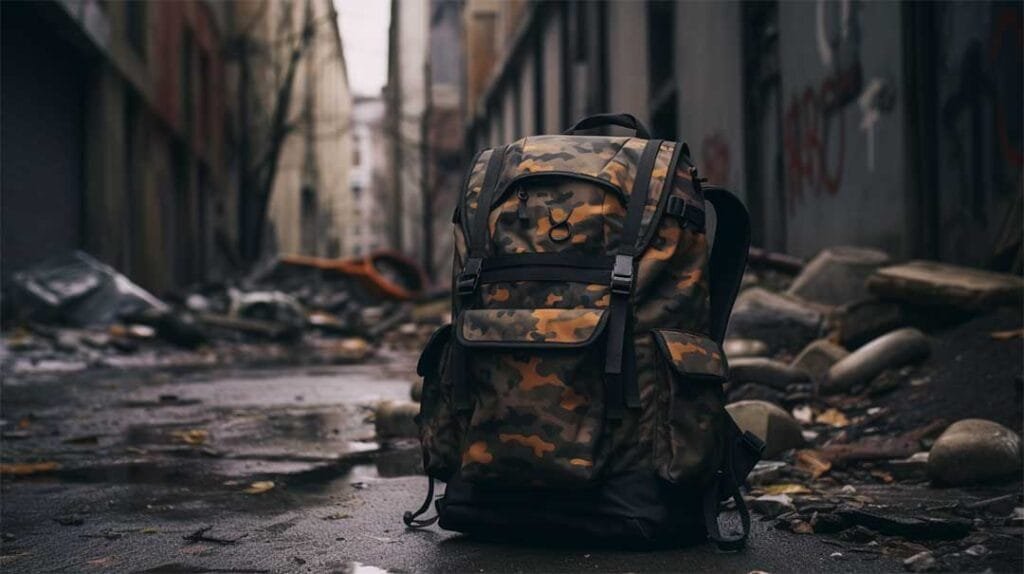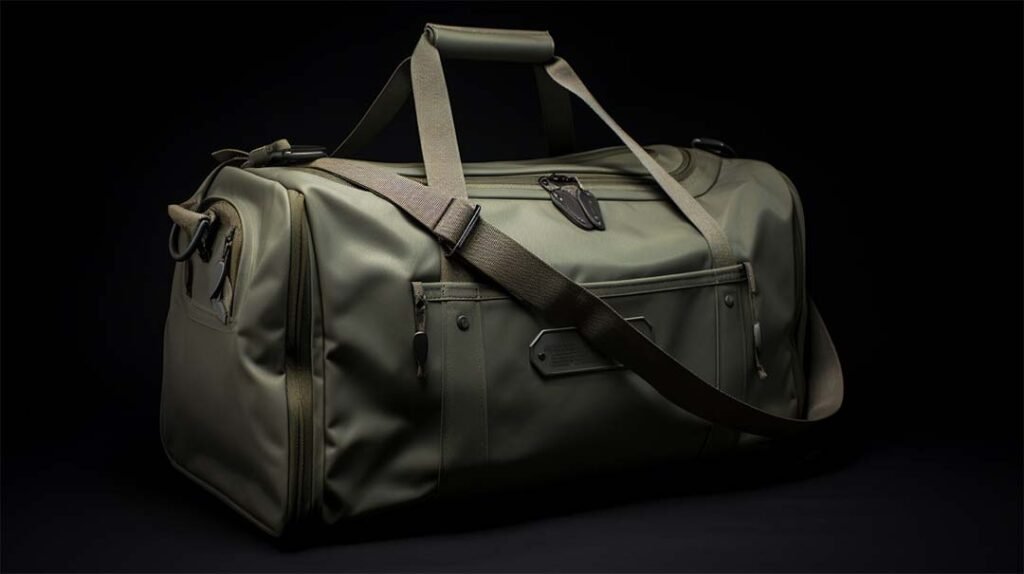Embarking on the journey of manufacturing a backpack involves intricate planning and a clear understanding of the costs involved. From the initial design phase to the final product hitting the shelves, each step comes with its own set of financial implications.
Manufacturing a backpack can cost anywhere from $5 to $150 or more, depending on various factors such as material quality, production volume, and labor costs. This article aims to unravel these costs, providing a comprehensive guide to help you navigate the financial landscape of backpack manufacturing.

Understanding the Manufacturing Process
The Design Phase
Before a single thread is sewn, the design of the backpack needs to be finalized. This phase requires the expertise of skilled designers, and their fees can range anywhere from $50 to $200 per hour. The complexity of the design and the number of prototypes needed will significantly impact the cost.
Material Sourcing
The choice of materials plays a pivotal role in determining the manufacturing cost. From durable nylon and polyester to premium leather, the price of materials can vary drastically, with leather being the more expensive option.
Production
Once the materials are sourced, the backpack goes into production. This stage includes cutting, sewing, and assembling the backpack, with labor costs being a significant expense. In countries with higher wages, the labor cost can be substantial, whereas in countries with lower wages, it can be significantly reduced.

Breakdown of Costs
Material Costs
Material costs are typically the largest expense in manufacturing a backpack. For a standard polyester backpack, the material costs can range from $1 to $5. For a high-end leather backpack, the material costs can soar to $50 or more.
Labor Costs
Labor costs depend on the geographic location of the manufacturing facility and the complexity of the backpack design. In the United States, labor costs can range from $10 to $30 per hour, whereas in countries like China or Vietnam, it can be as low as $2 to $5 per hour.
Overhead and Miscellaneous Expenses
Overhead costs include utilities, equipment maintenance, and other indirect costs associated with running a manufacturing facility. Miscellaneous expenses can include shipping, duties, and taxes, which can add an additional 5% to 20% to the overall cost.
GET IN TOUCH

Factors Influencing the Cost
1. Materials: The choice of materials is crucial. High-quality, durable fabrics like nylon or polyester, along with sturdy zippers and clasps, can affect the cost. Special materials that are water-resistant or eco-friendly can also add to the price.
2. Design Complexity: The more intricate the design, the higher the cost. Features such as additional compartments, laptop sleeves, or ergonomic straps require more time and labor to produce.
3. Labor Costs: The cost of labor varies significantly across different countries and regions. Manufacturing in countries with higher labor standards and wages can lead to an increase in production costs.
4. Order Quantity: Bulk orders typically reduce the cost per unit due to economies of scale. The more units you produce, the more you can spread out the fixed costs of production setup and design.
5. Customization: Personalization options, such as custom colors, branding, or unique designs, require additional resources and time, which can increase costs.
6. Logistics and Shipping: The costs of shipping materials to the manufacturing site and then distributing the final products to their destinations can vary widely, especially considering global logistics challenges.
7. Taxes and Duties: Import taxes, export duties, and other tariffs can affect the overall cost, depending on the countries involved in the manufacturing and shipping processes.

Cost-Effective Tips
When we talk about the economy of scale in the context of manufacturing custom backpacks, we’re diving into how producing more units can effectively reduce the cost per unit. This concept is a critical aspect for businesses aiming to optimize their production costs and pricing strategies. Let’s explore the key points that would typically be covered in a detailed resource on the economy of scale:
1. Lowered Material Costs: Buying materials in bulk often allows for negotiation of better prices with suppliers. This is because suppliers are usually willing to offer discounts for larger orders, reducing the material cost per backpack.
2. Efficiency in Production: As production volume increases, the manufacturing process can be optimized and automated, leading to faster production times and less waste. This efficiency improvement directly reduces the labor cost per unit.
3. Spread Fixed Costs: Fixed costs, such as the initial setup for production lines, design costs, and machinery, are spread over a larger number of units in high-volume production. This reduces the impact of these fixed costs on the price of each individual backpack.
4. Negotiating Power: With a higher production volume, companies can negotiate better terms with both suppliers and distributors. This might include not just better pricing, but also more favorable payment terms and logistics options.
5. Reduced Shipping Costs: On a per-unit basis, shipping costs decrease when transporting goods in larger quantities. This is because the overhead of shipping logistics (such as container usage and customs fees) is distributed over more units.
6. Market Influence: Companies that produce more units can potentially gain a larger market share. This influence can allow for better positioning in terms of pricing, branding, and customer loyalty, further driving down costs through increased sales volume.
Real-Life Examples
High-End Brands
Brands such as Tumi and Osprey produce high-quality backpacks with a focus on durability and functionality. The manufacturing cost for these backpacks can range from $50 to $150 or more, resulting in retail prices upwards of $200 to $500.
Budget-Friendly Brands
On the other end of the spectrum, brands like JanSport offer more affordable backpack options, with manufacturing costs ranging from $5 to $20. These backpacks are often made from less expensive materials and produced in high volumes to keep costs low.

Conclusion
Understanding the intricate details of backpack manufacturing costs is crucial for anyone looking to enter this market. From material costs to labor and overhead, numerous factors influence the final price. By strategically navigating these factors, you can find a balance that meets both quality and budget requirements.
FAQs
- Can I reduce the manufacturing cost by choosing different materials?
Yes, opting for more affordable materials can reduce the manufacturing cost, but it’s important to consider how this will affect the overall quality and durability of the backpack. - Is it more cost-effective to manufacture backpacks in large quantities?
Generally, yes. Producing backpacks in larger quantities can lead to economies of scale, reducing the cost per unit. - How do labor costs impact the overall manufacturing cost?
Labor costs can be a significant portion of the manufacturing cost, especially in countries with higher wages. Outsourcing to countries with lower labor costs can reduce expenses. - What other costs should I consider when manufacturing a backpack?
In addition to material and labor costs, consider overhead, shipping, duties, taxes, and potential customs fees. - How does the complexity of the backpack design influence the cost?
More complex designs require additional time and resources, increasing both labor and material costs.
In exploring the multifaceted world of backpack manufacturing, it’s clear that a careful balance of quality, cost, and efficiency is key to creating a product that stands out in a crowded market. Happy manufacturing!







